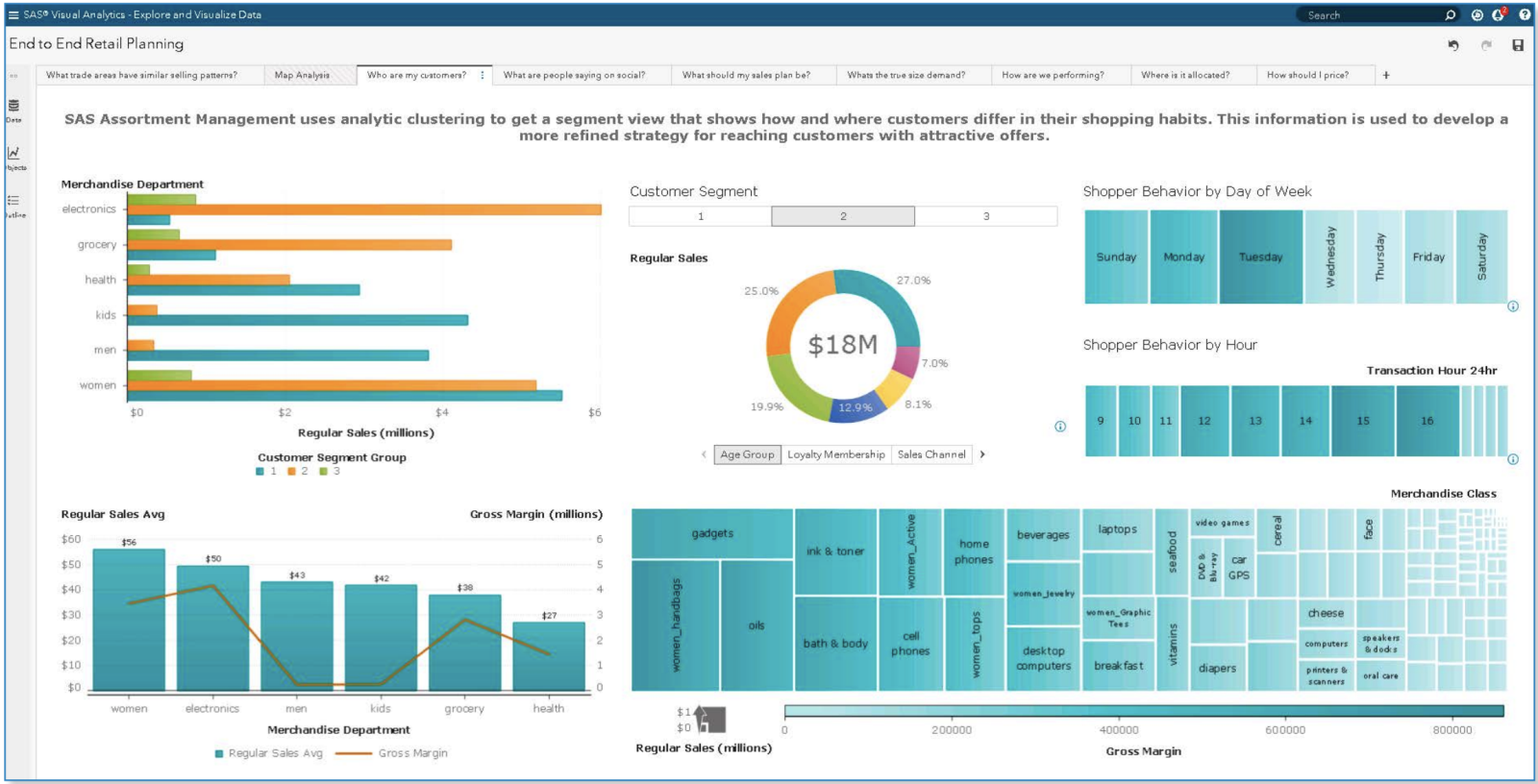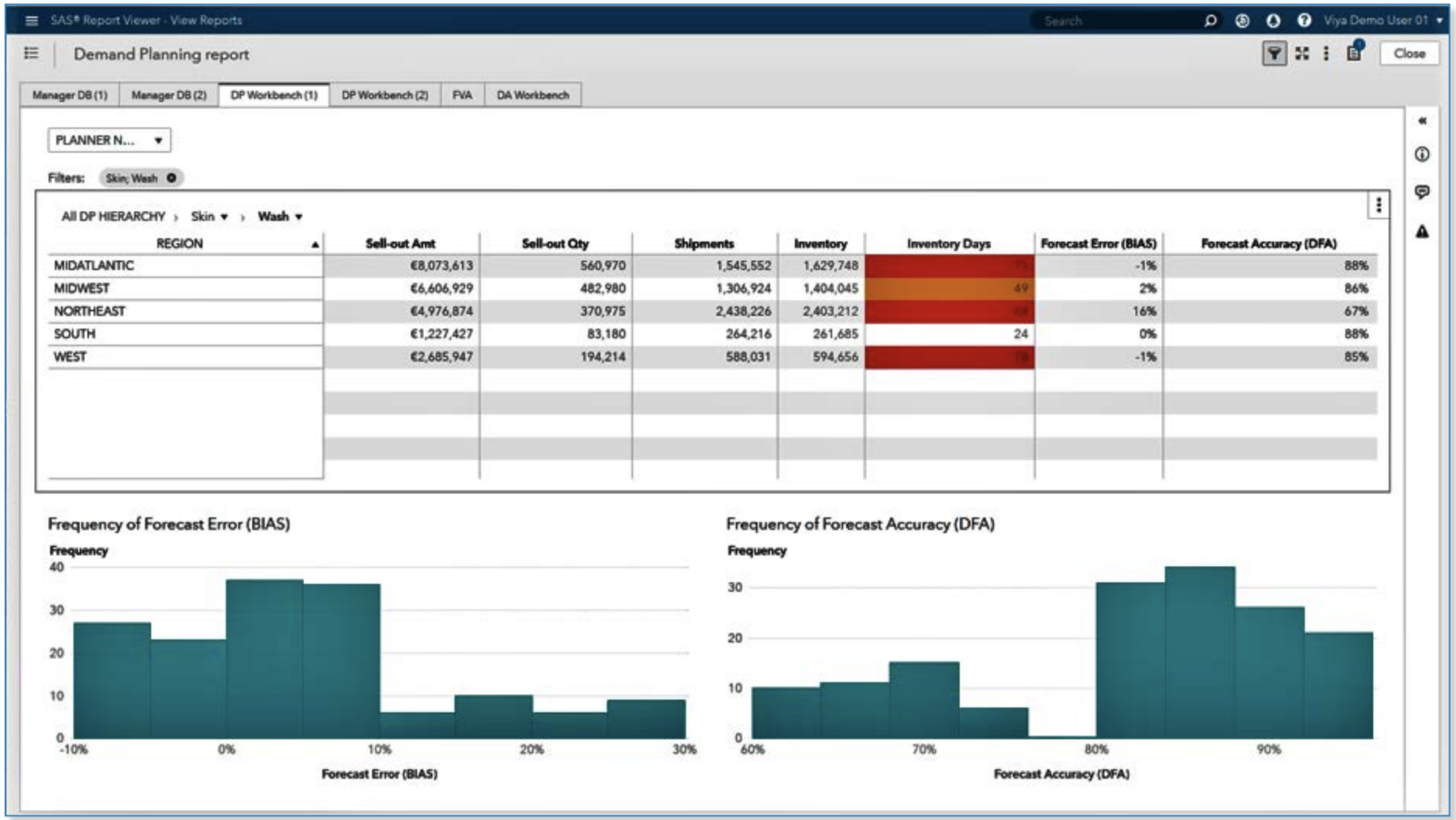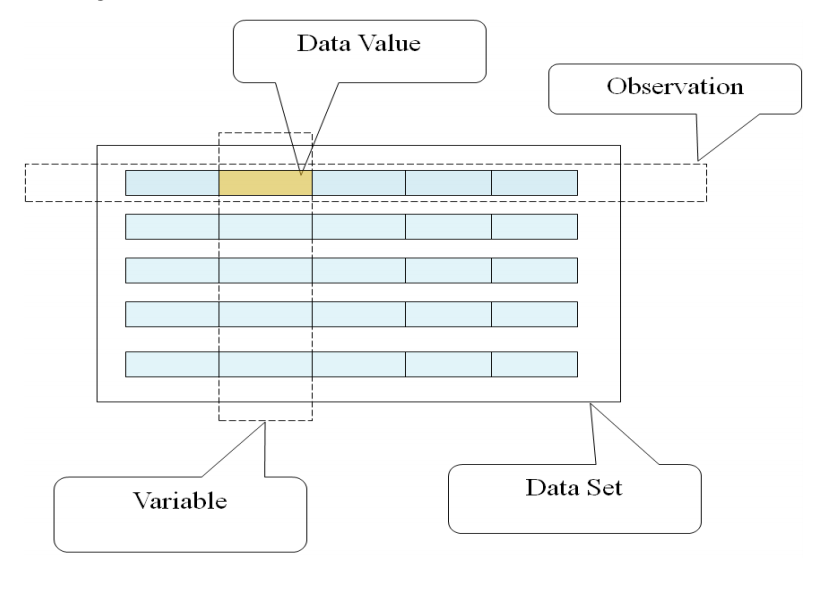What is SAS ?
18 August 2020
What is SAS?
- Originally an acronym for Statistical Analysis System
- Provided by SAS institute since the 1970s
- A software used for statistical analysis, graphing, and presenting data
SAS is the leading business analytics software used in a variety of business domains such as Insurance, HealthCare, Pharmacy, Telecom etc. Very often, business analysts and other professionals with little or no programming experience are required to learn SAS. This paper will explain the key concepts and the minimum knowledge required to get started with SAS. The information presented in this paper will enable new SAS users to get up and running in a very short amount of time.


- Data entry, retrieval, and management
- Report writing and graphics
- Statistical and mathematical analysis
- DATA VALUE: The basic unit of information.
- VARIABLE: A set of data values that describes a given attribute. 2 main types of variable types: numeric and character
- OBSERVATION: All the data values associated with a particular record.
- DATA SET: It is a collection of observation.
- Figure:

1.3 RULES FOR SAS NAMES
- SAS variable/variable names must be between 1 and 32 characters long.
- The first character must be a letter or an underscore.
- Characters after the first may be letters, digits or underscores. Example: NAME, _NAME_, FILE1, _NULL_ etc. 1.4 RULES FOR SAS STATEMENTS
- SAS statements may begin in any column of the line.
- SAS statements end with a semicolon (;)
- Some SAS statements consist of more than one line of commands.
- A SAS statement may continue over more than one line. One or more blanks should be placed between items in SAS statements. If the items are special characters such as '=', '+', '$', the blanks are not necessary.
There are two major building blocks in SAS.
DATA step
SAS built in procedures 2. DATA STEP
Used for: Names the SAS data set and creates the dataset. In a Data step the following can be performed.
◦ defining the variables ◦ read input files
◦ assign values to the variables,
◦ creating new variables,
◦ merging two data sets
◦ formatting and labeling variables
◦ assignment of missing values.
If a variable is used in a SAS program but not initialized then SAS automatically assign a missing value to it. Numeric missing values are represented by a single period (.). Character missing values are represented by a single blank enclosed in quotes (' ').
Syntax: DATA